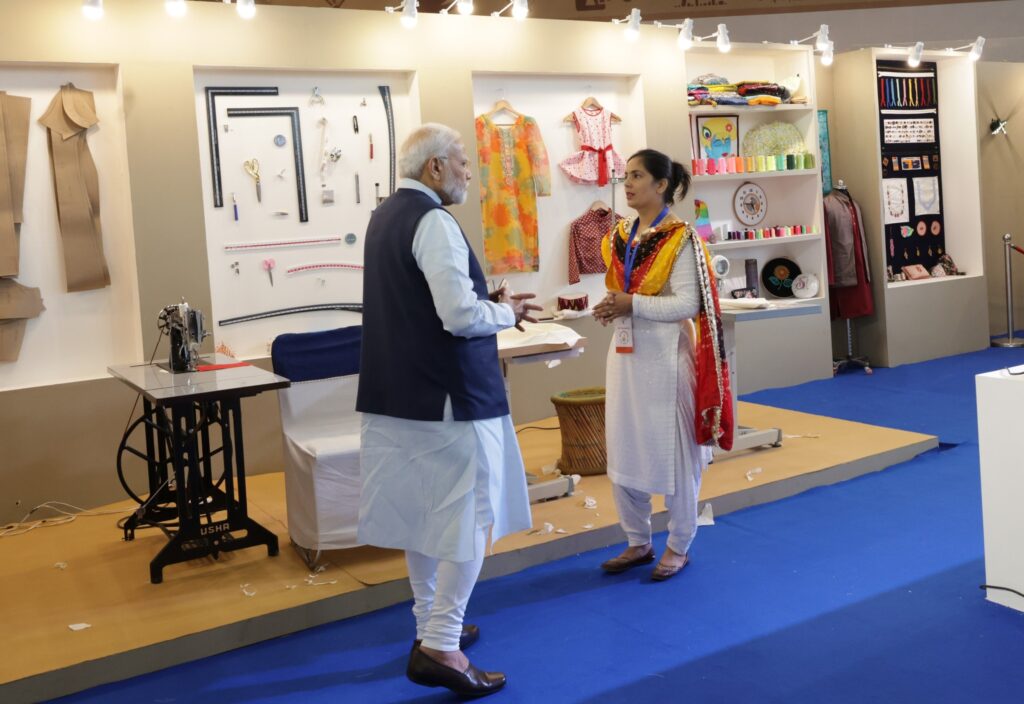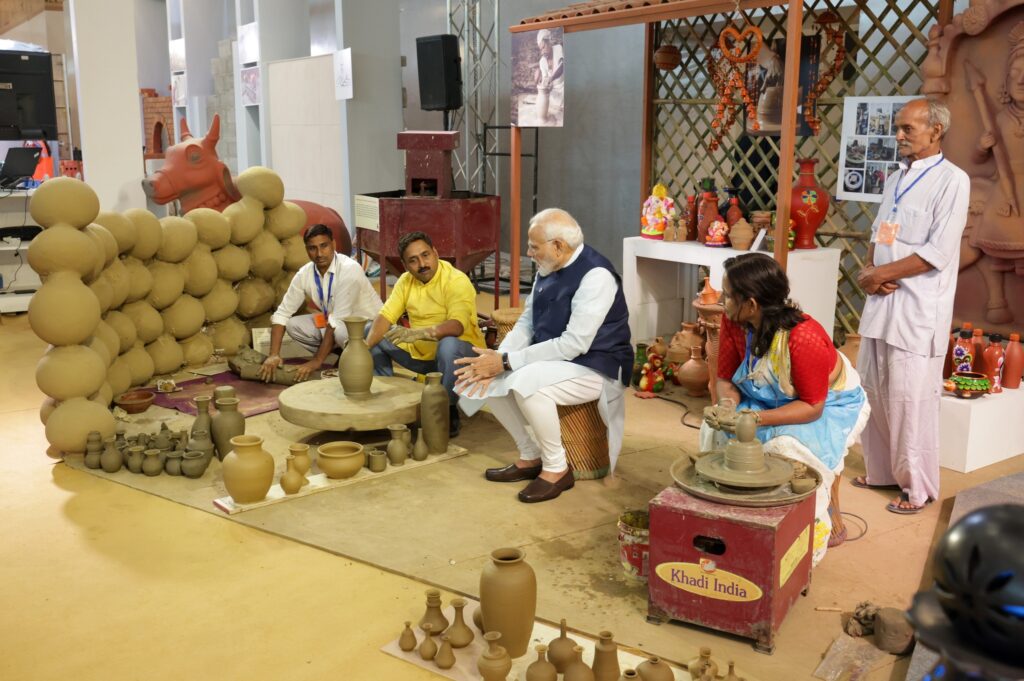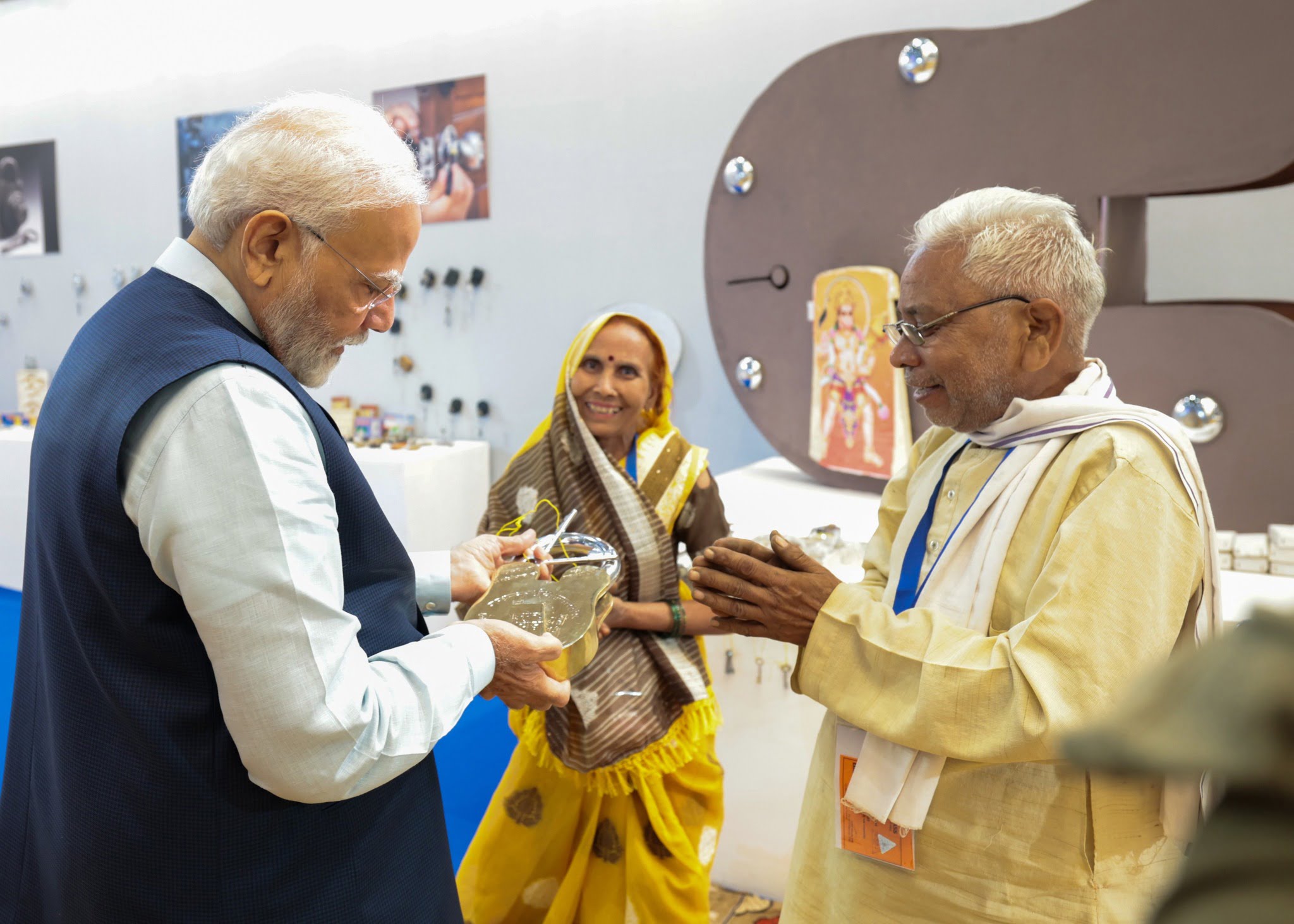Introduction: PM Modi’s Vishwakarma Scheme
In a significant move to empower the traditional artisans and craftspersons of India, Prime Minister Narendra Modi has inaugurated the ambitious “PM Vishwakarma” scheme. This initiative, infused with ₹13,000 crores, is a testament to the government’s commitment to fortifying the nation’s arts and crafts sector.
Table of Contents
A Deeper Dive into the Scheme: PM Vishwakarma Scheme
At the heart of the PM Vishwakarma scheme is the intent to rejuvenate the spirit and livelihood of the Vishwakarma partners, who ply their craft across 18 diverse sectors. Their role in India’s rich tapestry of culture and heritage is indispensable. Recognizing this, the Union government has embarked on this initiative not only as a nod to tradition but also as a strategic investment in the country’s future.

Financial Aid – A Major Pillar: PM Vishwakarma Scheme
Arguably the most salient feature of this scheme is the provision of easy loans. Breaking the conventional barriers, the scheme promises artisans up to ₹3 lakh without demanding the usually stringent bank guarantee. Such financial incentives are rarely seen and mark a departure from traditional lending practices.
The financial aspect: PM Vishwakarma Scheme
An initial loan of ₹1 lakh is made available to artisans.
On successful repayment, an additional ₹2 lakhs can be availed.
Interest rates have been consciously kept minimal to avoid burdening the beneficiaries.
During the period of their training, the Vishwakarma partners are also entitled to a stipend of ₹500. Furthermore, they can claim a Toolkit voucher, pegged at ₹1,500. The government’s insistence on purchasing Toolkits from GST-registered outlets is a clear move to streamline the process and ensure quality.

Training, Branding, and Beyond: PM Vishwakarma Scheme
While financial aid is pivotal, the scheme takes a 360-degree approach. It pledges support in branding, packaging, and marketing of the products crafted by the artisans. With globalization and the digital era, it’s no longer enough to just create; products need the right branding and marketing to reach their intended audience. The government’s involvement in this is both timely and essential.
The training aspect deserves a special mention. Artisanal crafts often suffer from the lack of modern techniques and practices. By providing special training to the Vishwakarma partners, the scheme aims to blend traditional skills with contemporary techniques, ensuring that the crafts remain relevant and competitive.
The Potential of Conference Tourism:
In a broader economic perspective, PM Modi highlighted the untapped potential of conference tourism. The global industry, boasting a staggering value of over ₹25 lakh crores, witnesses India’s participation at a mere 1%. Given our rich cultural, historical, and geographical tapestry, this is a glaring missed opportunity.
With venues like Bharat Mandapam and YashoBhoomi, PM Modi’s vision is to transform Delhi into the epicenter of global conference tourism. Such facilities can cater to the diverse needs of international conferences, drawing in a global audience and amplifying India’s role in this sector.

The PM Vishwakarma scheme is a multi-pronged approach, aiming to revitalize India’s traditional crafts and artisans. It’s not merely about monetary aid; it’s about comprehensive growth, recognition, and future-proofing an integral part of India’s heritage.
While the scheme promises much, its success will hinge on execution and consistent monitoring. With the right steps and continuous engagement, the PM Vishwakarma scheme has the potential to script a new chapter in the annals of India’s artisanal legacy.

